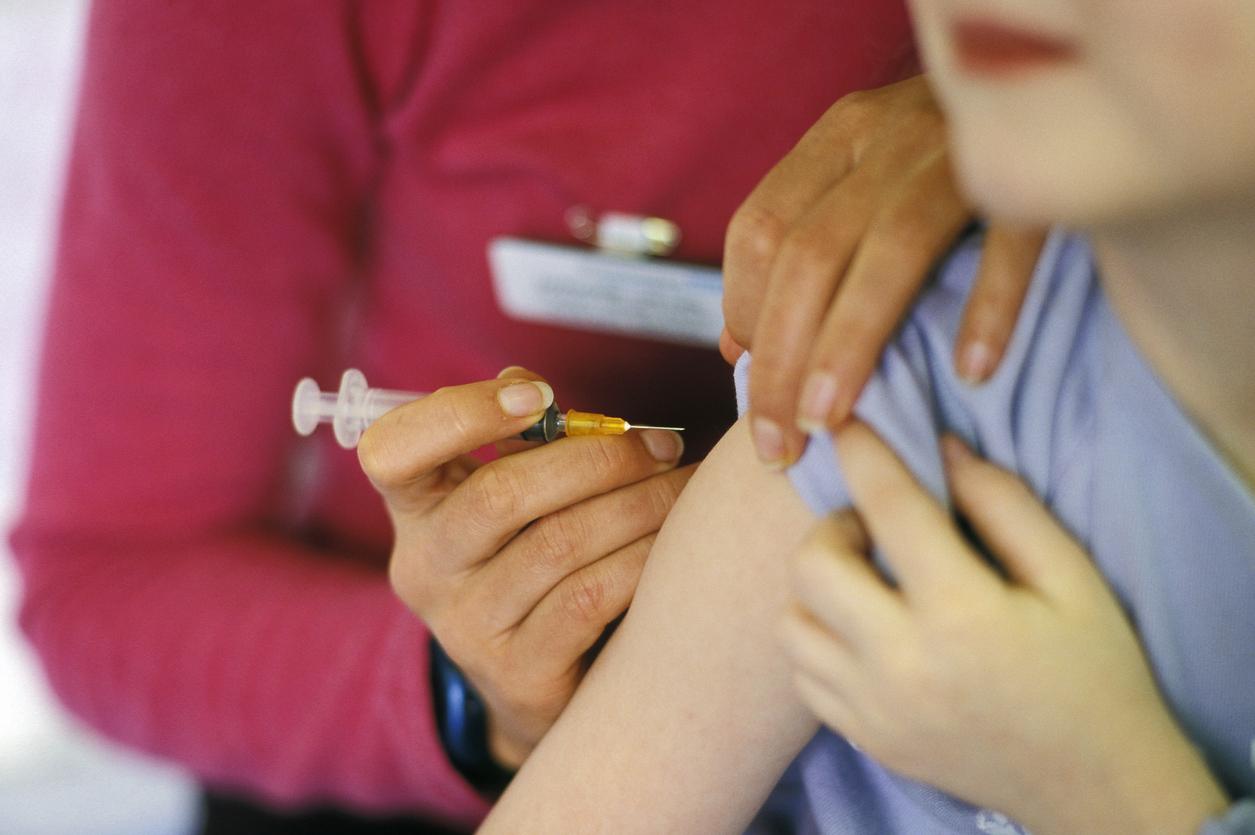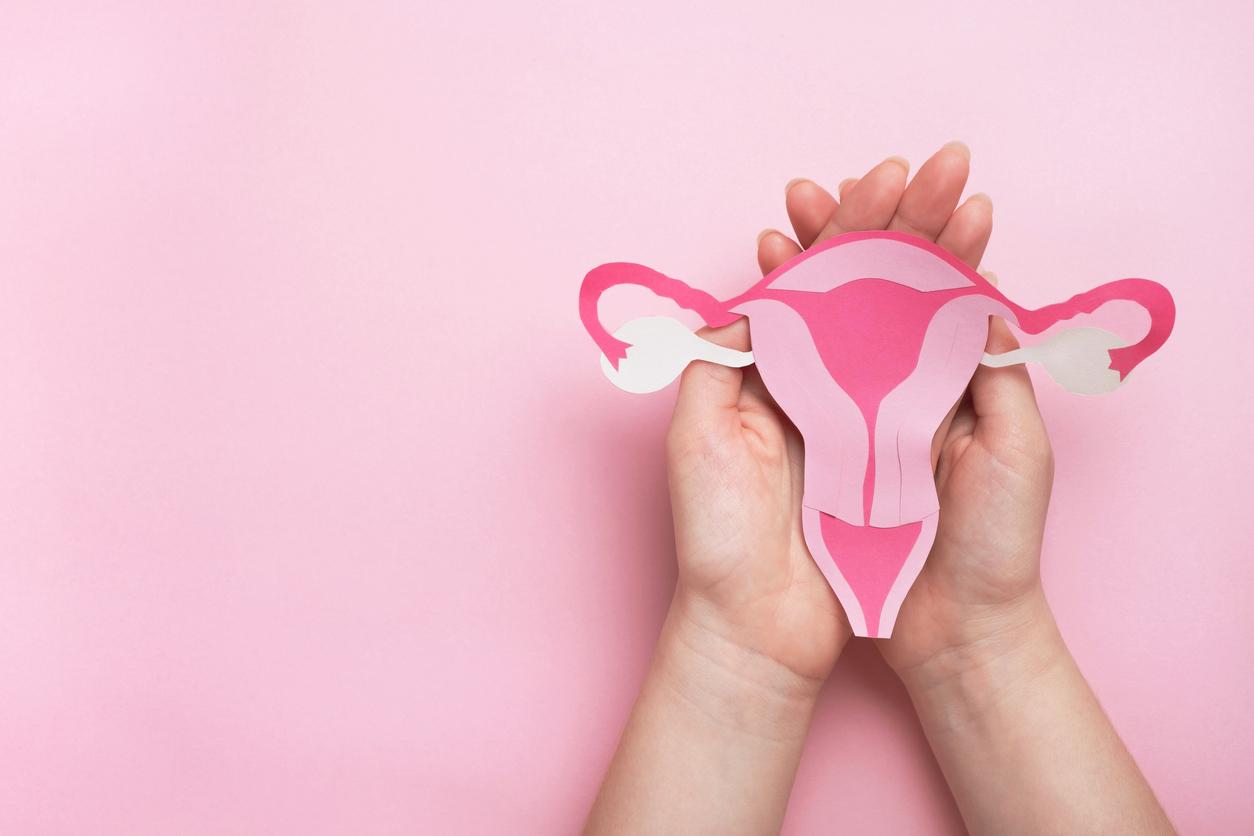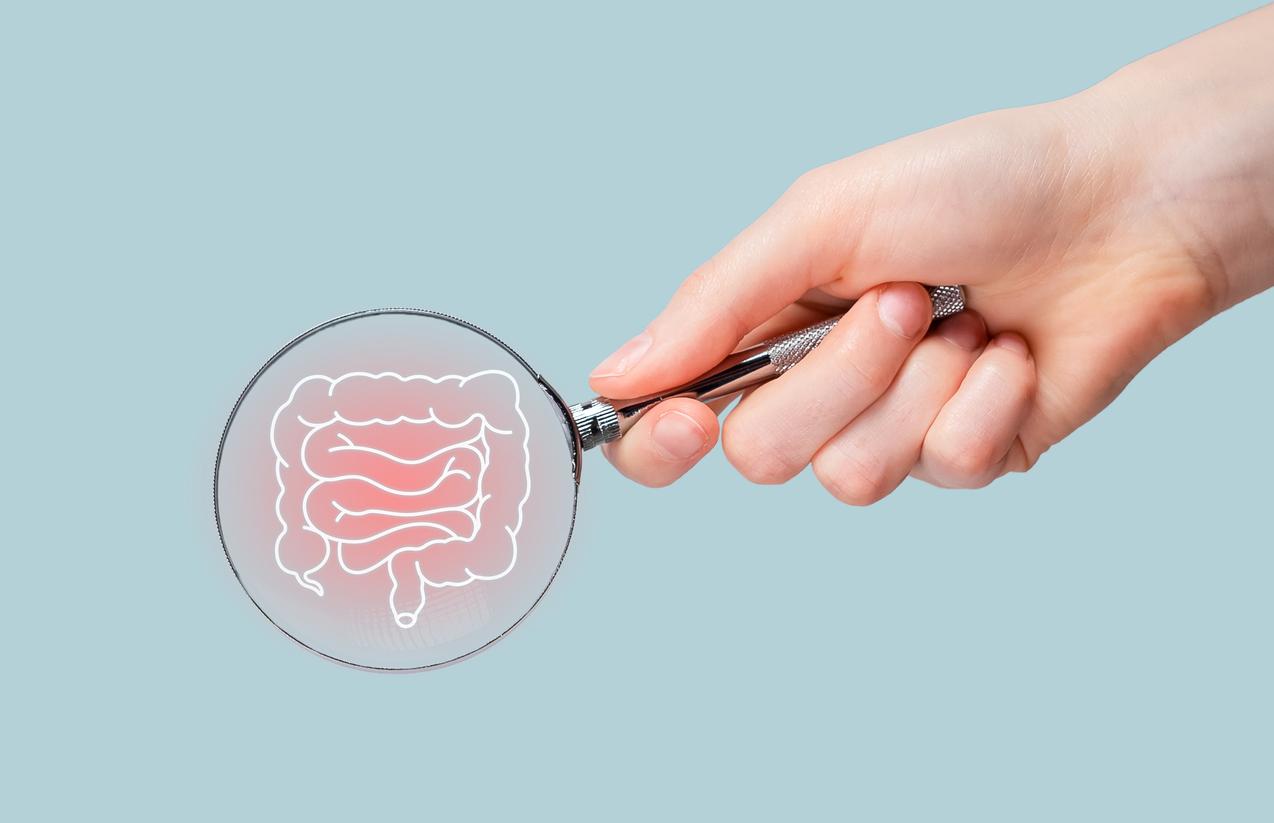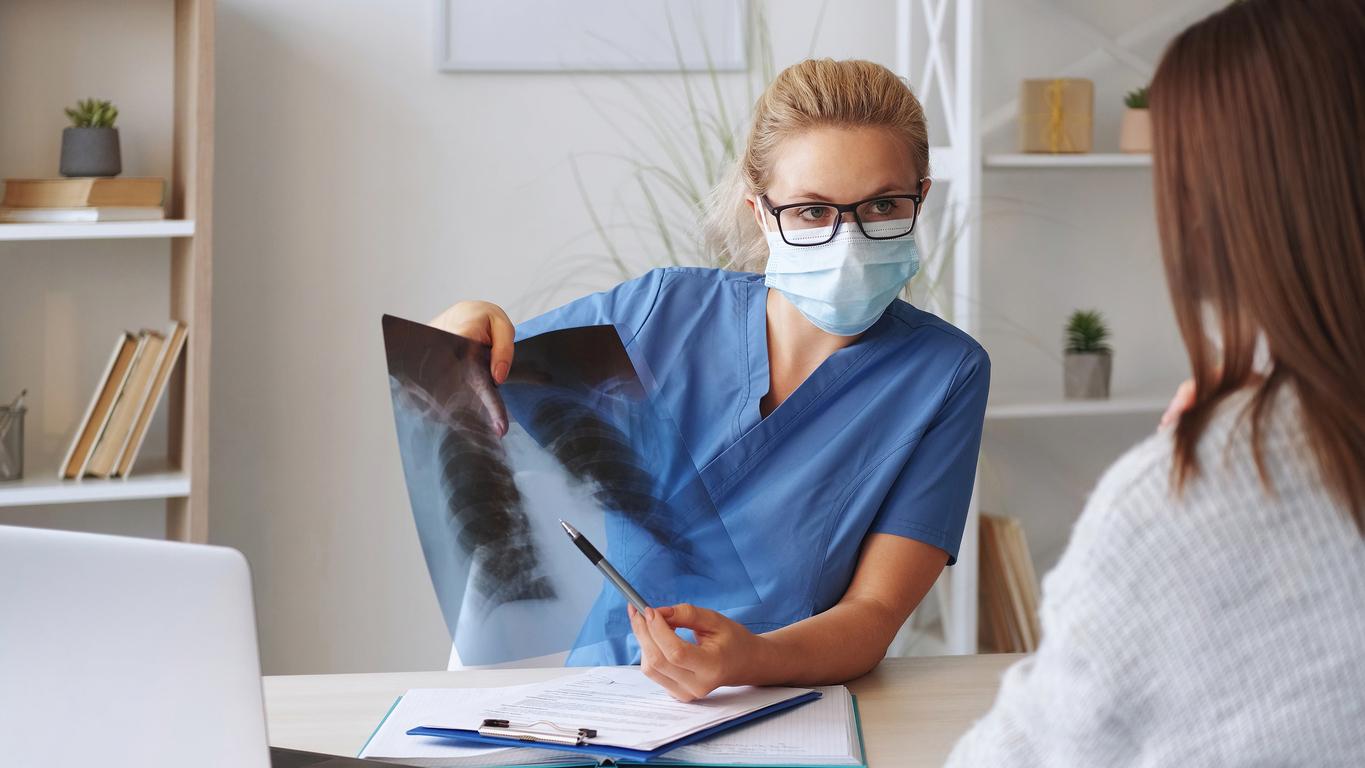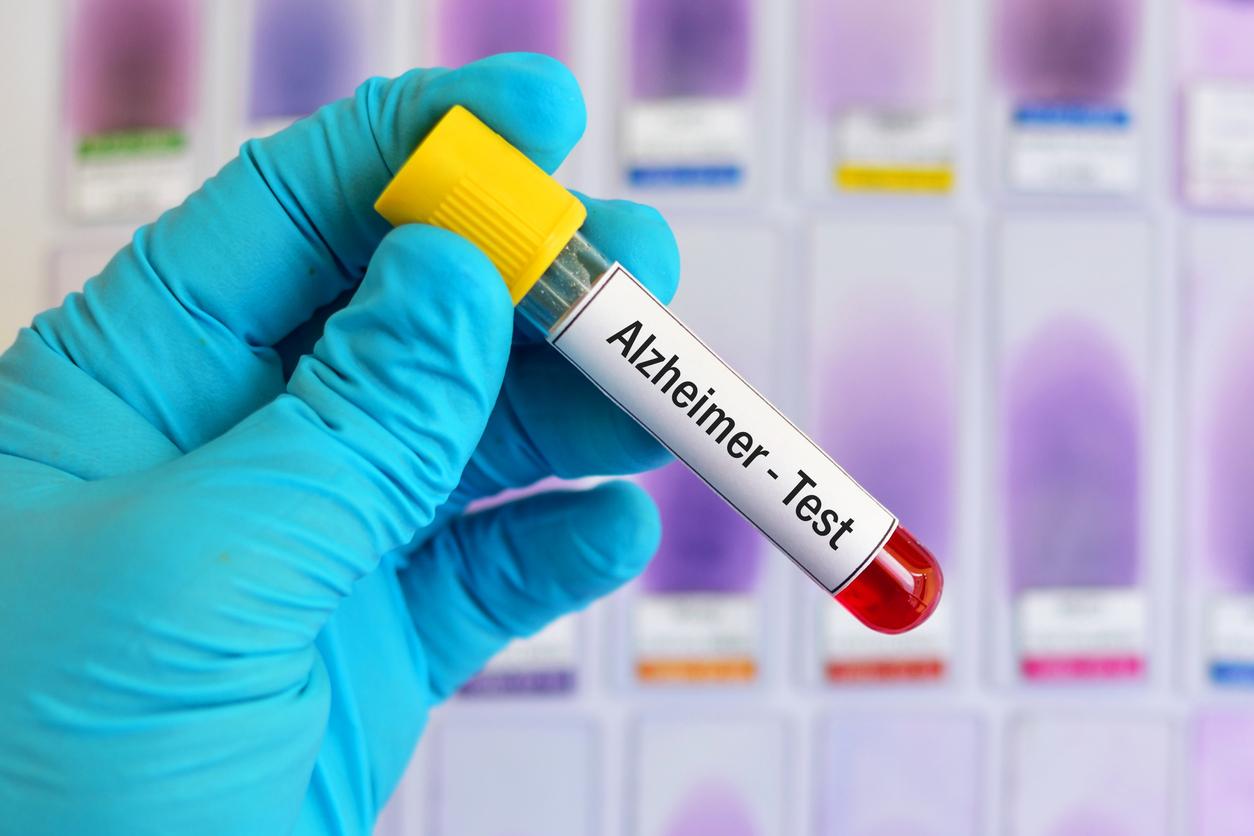Osteodensitometry is the examination which makes it possible to establish the diagnosis of osteoporosis, by measuring the bone density.

- Osteodensitometry is a radiology examination which lasts fifteen minutes.
- This makes it possible to measure the bone mineral density.
- Osteodensitometry is generally prescribed by a health professional (general practitioner or specialist) when he suspects osteoporosis, to make the diagnosis.
In France, screening for osteoporosis is recommended in all patients who have had a fracture, without significant trauma, or those who have a loss of size of a few centimeters. Nevertheless, according to The National Institute of Health and Medical Research (Inserm), “Le screening conducted in these contexts remains insufficient”.
Osteodensitometry, an examination to detect osteoporosis
Osteodensitometry is a radiology examination, about fifteen minutes, which measures the bone mineral density and to make the diagnosis of osteoporosis. It is generally made on two parts of the body: the spine and the femur pass.
“” “When we have [eu] a fracture, when you have risk factors, you must insist with your doctor to [faire cet] examinsists Professor Karine Briot, rheumatologist at Cochin Hospital, in Paris, during an interview with Medical frequency. There are indications for which this examination is reimbursed (…): as soon as there is a fracture of low trauma, that is to say equivalent to a fall in its height. Under conditions of diseases or risk factors in men and women.»
Generally, osteodensitometry is prescribed by a health professional (general practitioner or specialist) when he suspects osteoporosis. If osteoporosis is diagnosed, follow -up will be decided by the practitioner, depending on the reason for the bone loss.
Make osteodensitometry from 65 years old
This examination allows you to have a reference value, which must therefore be redone to analyze the evolution. “” “Follow -up is recommended every two to three years, Indicates Professor Karine Briot. If it is an inflammatory disease for example (…), the delay can be shortened at 18 or 24 months. But we never do osteodensitometry every 6 months.»
However, the doctor is not based on this single result to decide the treatment. Certain fractures, such as those of the femur or vertebrae pass, have a significant risk of recurrence. “” “Osteodensitometry (…) is useful for deciding on the type of medication, the duration of the drug, explains Professor Karine Briot. But, [pour ces fractures] The doctor will decide to introduce the drug regardless of the result [de l’ostéodensitométrie]”.
In France, the number of people with osteoporosis was estimated at almost 4 million in 2019, or 5.5 % of the total population, according to Inserm, but women are more concerned than men. “” “In menopause, it is probably a little young to recommend osteodensitometry to all menopausal women without risk factor, underlines Professor Karine Briot. I recommend [cet examen] From 65 years old.»
https://www.youtube.com/watch?v=zzydk2umuhm





